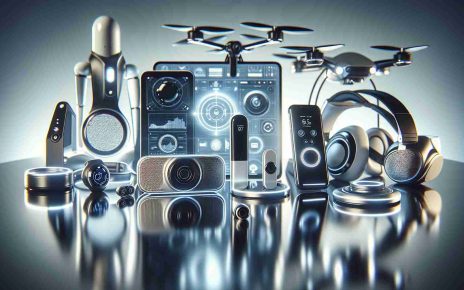In the last two decades, Bluetooth audio has transformed from a novel concept into an integral part of our daily lives. This journey from mono sound to a mainstream technology showcases not only the advancements in Bluetooth audio itself but also reflects broader shifts in how we interact with our devices and consume media.
The Humble Beginnings
Bluetooth technology was initially conceived as a way to eliminate wires for computer peripherals. However, its application in audio devices wasn’t immediate. The early days of Bluetooth audio were marked by mono sound, primarily used in earpieces for mobile phones. These devices were more about utility than audio quality, offering a hands-free way to make calls on the go.
The Leap to Stereo
The real game-changer came with the advent of Advanced Audio Distribution Profile (A2DP) support, which allowed for the transmission of stereo audio over Bluetooth. This leap forward opened up a whole new world of possibilities. Suddenly, wireless headphones and speakers could deliver sound quality that rivaled their wired counterparts, without the inconvenience of tangled cables.
The Era of Smart Devices
The proliferation of smartphones and tablets gave Bluetooth audio a significant boost. As these devices became our primary sources for music, podcasts, and video content, the demand for wireless audio solutions surged. Manufacturers responded with an array of Bluetooth-enabled products, from compact, portable speakers to high-fidelity headphones.
The Innovation Continues
Today, Bluetooth audio is not just about listening; it’s about experiencing. Features like noise cancellation, spatial audio, and low-latency modes for gaming have elevated the listening experience. Moreover, the introduction of Bluetooth LE Audio promises even better sound quality, longer battery life, and the ability to share audio with multiple devices simultaneously.
Looking Ahead
As we look to the future, it’s clear that Bluetooth audio will continue to evolve. Innovations in sound quality, energy efficiency, and user experience are on the horizon, promising to further integrate wireless audio into our lives in ways we can only begin to imagine.
FAQ
What is Bluetooth?
Bluetooth is a wireless technology standard used for exchanging data between fixed and mobile devices over short distances.
What is A2DP?
Advanced Audio Distribution Profile (A2DP) is a Bluetooth profile that allows for the wireless transmission of stereo audio from an A2DP source (like a phone or tablet) to an A2DP receiver (a Bluetooth speaker or headphones).
What is Bluetooth LE Audio?
Bluetooth Low Energy (LE) Audio is a new standard that aims to improve the performance and capabilities of Bluetooth audio. It includes features like better sound quality, reduced power consumption, and the ability to share audio across multiple devices.
Explanations of Used Terms
– Mono Sound: Audio playback that uses a single audio channel. It’s the opposite of stereo sound, which uses two channels.
– Stereo Sound: A method of sound reproduction that creates an illusion of multi-directional audible perspective. This is usually achieved by using two or more independent audio channels through a configuration of two or more loudspeakers in such a way as to create a feeling of being surrounded by the sound.
– Noise Cancellation: A technology used in headphones and earphones to block out external noise by generating a counter-sound that cancels out background noise.
The evolution of Bluetooth audio over the past 20 years is a testament to the relentless pursuit of innovation. From its mono beginnings to the rich, immersive soundscapes we enjoy today, Bluetooth audio has indeed become a staple of modern life, making it easier and more enjoyable to tune into our favorite sounds wherever we go.



